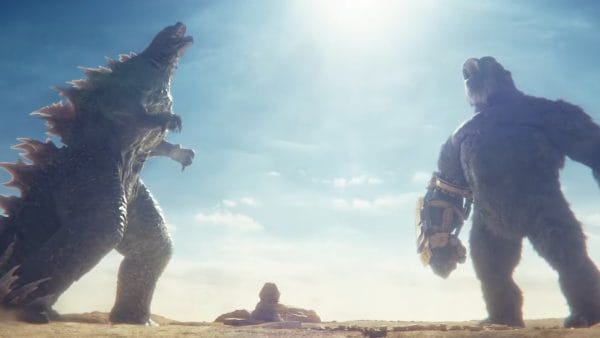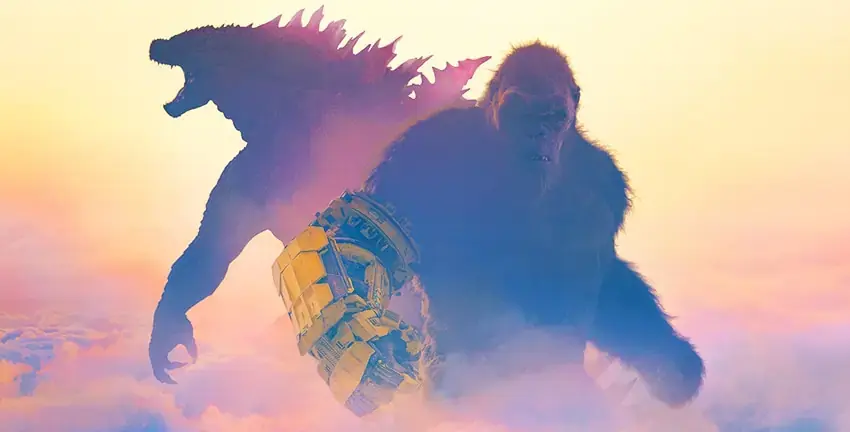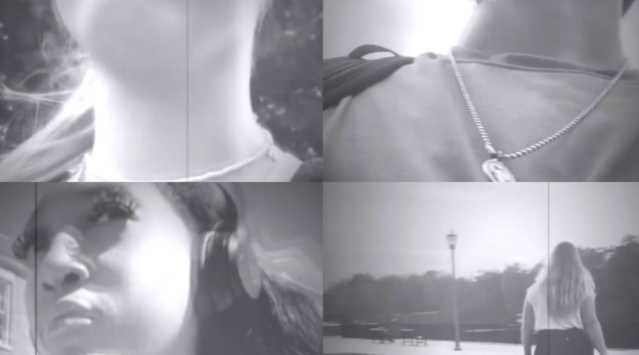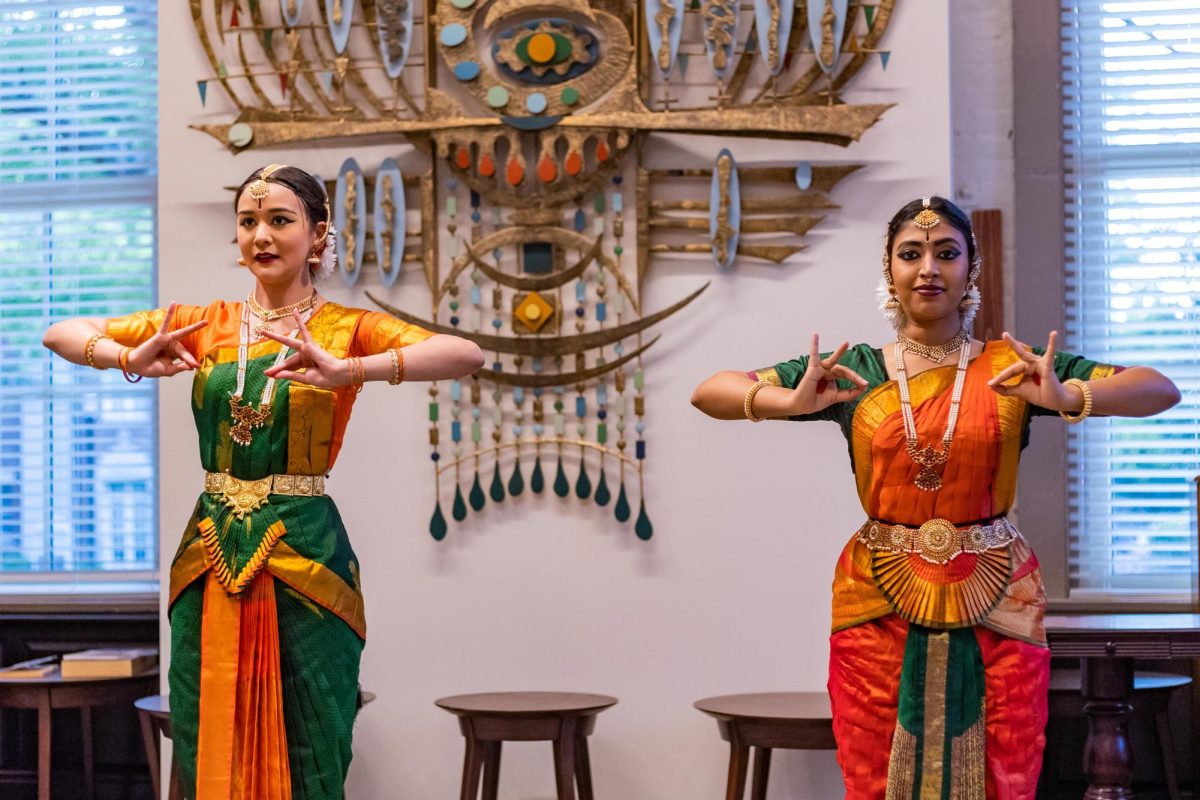In Rotten Tomatoes’ “Critics Consensus” for “Godzilla x Kong: The New Empire,” which encapsulates 187 professional reviews, the film is given the following appraisal:
“Come to Godzilla x Kong: The New Empire for the sheer monster-mashing spectacle — and stay for that too, because the movie doesn’t have much else to offer.”
It’s a sentiment one could’ve predicted would be widespread as soon as “The New Empire” was greenlit. The aura of empty fun, of glorious action without “even a modicum of thought,” has become the expectation for the Monsterverse. There’s a sort of casualness and acceptance with this framing; the fact that the newest film has garnered a 54% critics’ rating, almost the literal definition of mediocrity, is reflective of the uninspired energy surrounding the franchise.
Interestingly, this energy is enormously off base, and on multiple counts. It undersells the series and, as a disservice to those films, gives too much credit to the newest release.
For starters, the Monsterverse has beheld some frankly underrated delights. “Godzilla” is a harrowing and engagingly human spectacle that punches far above its mere “pretty good” reception. “Kong: Skull Island” is an enthralling half-creature feature, half-adventure flick. “Godzilla: King of the Monsters” offers provocative geopolitics with perhaps the best aesthetics of the entire universe. “Godzilla vs. Kong” is an endlessly fun, globetrotting slugfest with a robust cast of all-stars.
As it relates to the rest of the series, the idea of these being simple popcorn movies ignores their all-around cinematic potence. Each is a thrilling concoction of human conflict both intimate and governmental, large-scale action and viscera, and beautiful visual environments.
As it relates to “Godzilla x Kong,” it is a lazy way to assess a product that falls short of even the “fun, mindless blockbuster” distinction.
What’s prominently missing from the most recent Monsterverse outing is the fun. Its predecessors have thrived in placing massive monster violence in the context of human groupings and societies; frequent have been the climactic battles fought in cities, near coastlines or simply in a setting filled with vulnerable people. It allows for a relatability that makes the lack of realism enjoyable.
Here, however, most of the action takes place in Hollow Earth, where scale is highly obscured and that relatability is gone. Most of the film, which focuses predominantly on Kong and his interactions with a tribe of his species, looks like little more than skirmishes between CGI gorillas. When the fight finally breaks into the real world — over 80% of the way into the movie, no less — the sheer magnitude of the monsters is so startling that it feels more comical than weighty.
On a similar note, the action is notable less monster-y than before. The battling parties feel jarringly nimble, as if they were humans in motion suits rather than hulking and therefore less mobile behemoths.

What minor scenes do take place in the real world have an odd sense of carelessness not present in previous films. The range of concern for human mortality and collateral damage has been fairly wide across this universe, but there’s always been at least some awareness of battle and consequences. In “The New Empire,” however, there are action pieces that undeniably entail numerous deaths — Godzilla crushes his way through Rome or the south of Spain, other monsters swipe at occupied skyscrapers — and they’re treated with casualness and even humor. It’s bizarre and somewhat off–putting.
Speaking more to the focus on Kong: It’s a narrative choice that ultimately renders the title of movie a deception. Godzilla is featured sparingly, essentially only seen in his destructive migrations and a lame sub-five-minute fight scene with another titan. The team-up doesn’t take any sort of shape until the film’s final fourth, and only then at the intervention of Mothra, whose presence in the movie is itself a random and seemingly arbitrary decision.
The loss of fun makes the concurrent lack of interesting character work effectively a death sentence. In between underwhelming fight scenes are human journeys and interactions that fall short of all previous films. The writing is stale and often hard to listen to, and there’s no star power or lovable faces to remedy it; gone are the likes of Kyle Chandler, Millie Bobby Brown, Vera Farmiga and Alexander Skarsgård. In their wake, the closest thing we have to an anchor is Bryan Tyree Henry, who is given lines even his comedic prowess can’t salvage.
It all contributes to a final product devoid of almost all the franchise’s charm and allure. While it might still vaguely satisfy the action itch, and while there might occasionally be a screensaver-worthy moment, brief instances a solid whole do not make.
Fans are left to hope that a direction is found, and found quickly; the series’ best hope, it seems, is to depart from pulpy team-up movies, or at the very least give them some substance. Whether it be a return to the grittiness of the original “Godzilla” or simply the dynamic cross-world adventures led by charismatic sets of characters, something’s got to give. For now, we’re seeing glimpses of a terrifying world in which the awesomeness and novelty of monster movies have lost their luster.









